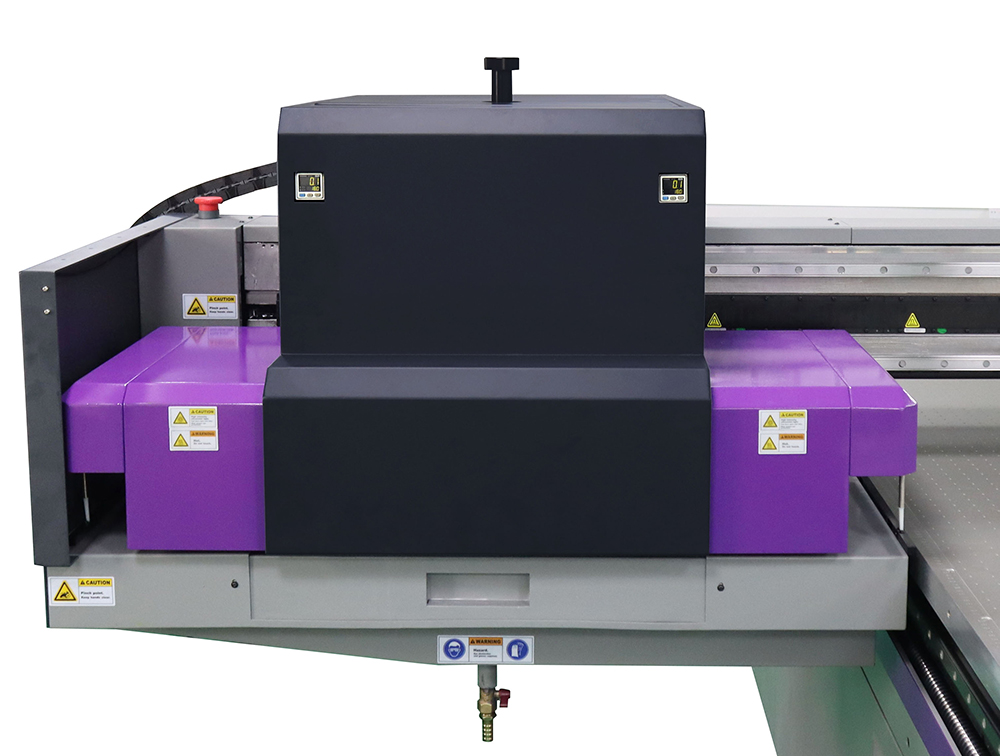UV Flatbed Printer: Common Problems and Their Solutions
UV Flatbed Printer: Common Problems and Their Solutions
UV flatbed printers have revolutionized the printing industry, offering unparalleled versatility and precision in printing on various materials. From rigid substrates like glass, metal, and plastic to flexible ones such as leather and fabric, these printers have proven their mettle in diverse applications. However, like any sophisticated machinery, UV flatbed printers are not without their challenges. This article delves into the common problems encountered with UV flatbed printers and provides practical solutions to overcome them.

1. Ink Adhesion Issues
One of the primary concerns with UV flatbed printers is ink adhesion. Inadequate adhesion can lead to smudging, peeling, or even complete ink failure on the substrate. This issue is often attributed to incorrect ink formulation, substrate incompatibility, or improper pretreatment.
Solution:
Ink Selection: Ensure that the ink is specifically designed for UV flatbed printing and is compatible with the substrate being used. Manufacturers often provide guides on the best inks for different materials.
Pretreatment: Apply a pretreatment solution to enhance ink adhesion. This solution creates a receptive layer on the substrate, allowing the ink to bond more effectively.
Temperature and Humidity Control: Maintain optimal printing environment conditions. Extreme temperatures or humidity can affect ink adhesion.
2. Printhead Issues
Printhead problems are another common challenge. They can manifest as clogged nozzles, misaligned printheads, or even complete printhead failure. These issues can significantly impact print quality and productivity.
Solution:
Regular Maintenance: Perform routine maintenance checks, including cleaning the printheads regularly to prevent nozzle clogging.
Printhead Alignment: Use the printer’s built-in alignment tools to ensure that the printheads are correctly positioned. Misalignment can cause banding or color inconsistencies.
Timely Replacement: If a printhead fails, replace it promptly. Most manufacturers offer replacement printheads, and it’s crucial to use genuine parts to maintain print quality.
3. Ink Curing Problems
UV flatbed printers cure ink instantly using UV light. However, if the ink does not cure properly, it can result in tacky surfaces, reduced durability, and poor color fastness.
Solution:
UV Lamp Maintenance: Regularly check and replace UV lamps as needed. Over time, lamps can lose intensity, affecting their ability to cure ink effectively.
Ink and Lamp Compatibility: Ensure that the ink being used is compatible with the printer’s UV curing system. Different inks require different levels of UV energy for proper curing.
Adjust Curing Settings: Experiment with curing settings, such as lamp power and curing speed, to find the optimal balance for your specific ink and substrate combination.
4. Software and Driver Issues
Like any computer-controlled machine, UV flatbed printers can encounter software and driver problems. These can manifest as print job failures, slow processing speeds, or even system crashes.
Solution:
Software Updates: Keep the printer’s software and drivers up to date. Manufacturers often release updates to address bugs and improve performance.
Technical Support: If software issues persist, contact the printer’s technical support team for assistance. They can provide troubleshooting steps or recommend software patches.
System Compatibility: Ensure that your computer system meets the printer’s minimum requirements for operating system, processor speed, and memory.
5. Media Handling Problems
UV flatbed printers can accommodate a wide range of media sizes and types, but improper media handling can lead to issues such as media jamming, skewing, or even damage to the printer.
Solution:
Media Loading: Follow the manufacturer’s guidelines for loading media onto the printer. Improper loading can cause jamming or skewing.
Media Compatibility: Use media that is specifically designed for UV flatbed printing. Some materials may be too thick, too thin, or have surface textures that are incompatible with the printer.
Media Guides and Tension Settings: Adjust media guides and tension settings as needed to ensure that the media is fed smoothly through the printer.
6. Color Management Issues
Achieving consistent and accurate color reproduction is crucial in UV flatbed printing. However, color management issues can lead to color inconsistencies, incorrect color matching, or even color shifting over time.
Solution:
Color Calibration: Perform regular color calibration using the printer’s built-in tools or third-party calibration software. This ensures that the printer is accurately reproducing colors.
ICC Profiles: Use ICC profiles specifically designed for your printer and ink combination. These profiles help manage color reproduction across different devices and applications.
Ink Stability: Store inks properly and replace them as recommended by the manufacturer. Old or improperly stored inks can lead to color shifting.
Conclusion
UV flatbed printers offer unparalleled versatility and precision in printing on various materials, but they are not without challenges. By understanding the common problems associated with these printers and implementing the solutions provided, users can maximize their printer’s performance and ensure consistent, high-quality prints. Regular maintenance, proper ink and media selection, and attention to detail in software and color management are key to overcoming the challenges and harnessing the full potential of UV flatbed printing technology.
